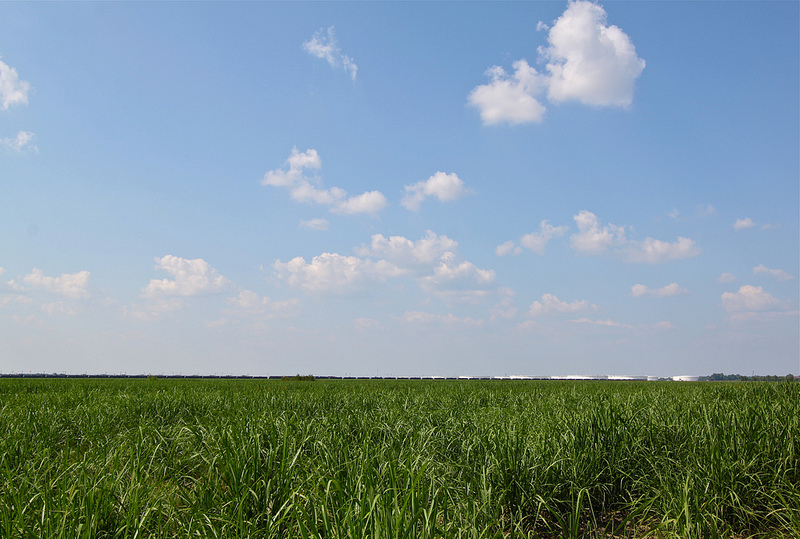The US Energy Department recently announced its first test sale from the Strategic Petroleum Reserve (SPR) since 1990, offering five million barrels. A department spokesman explained that the test sale is meant to assess the reserve’s capabilities in light of significant changes in the system that have resulted from our recent surge in domestic crude production.

SPR storage tanks are barely visible off in the distance.
This latest sell-off of our emergency resources could be a sign that even the federal government’s view of the reserve is changing. Even one senior White House advisor endorses increasing SPR exports in an effort to enhance our impact on the global oil market. (source)
